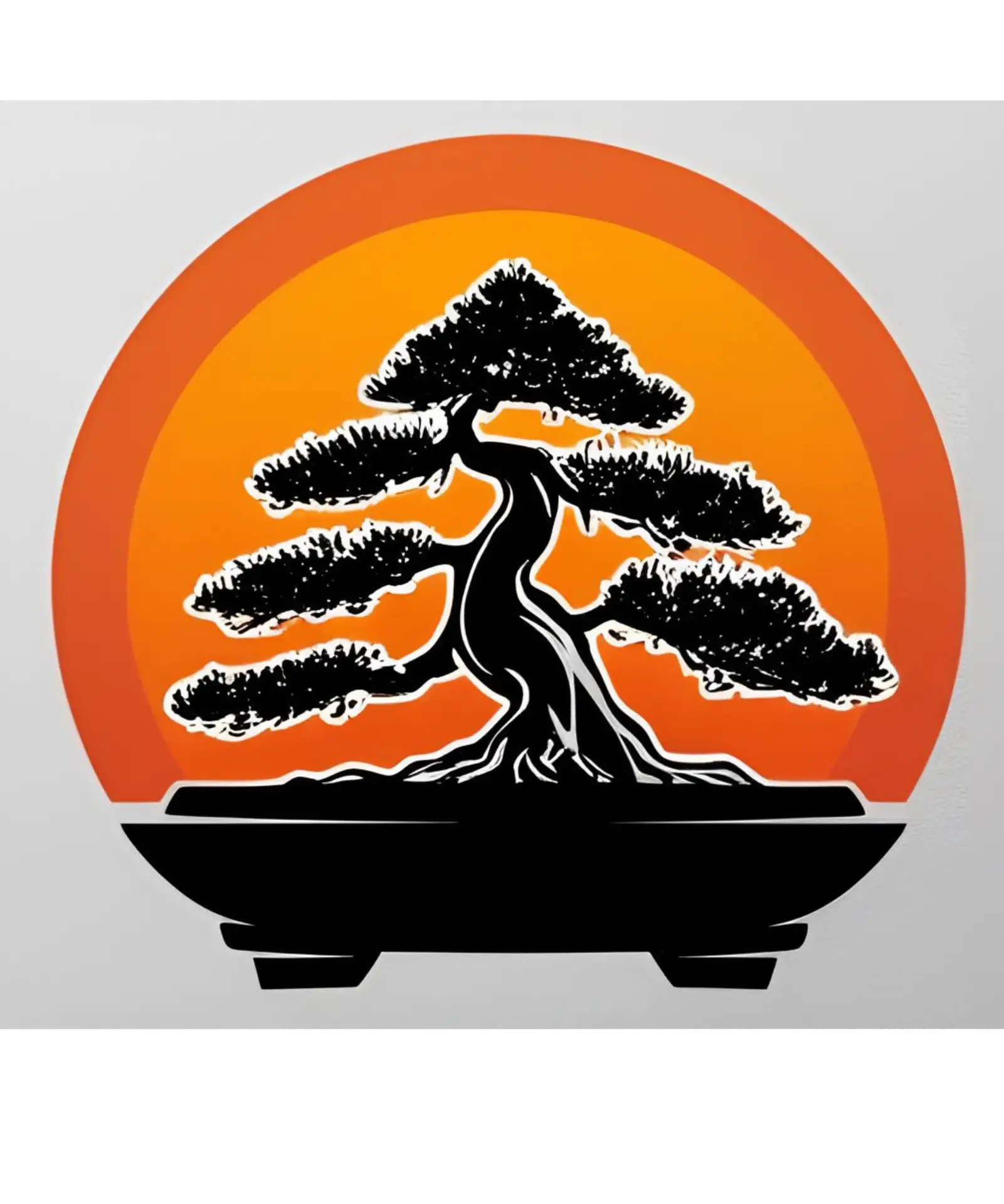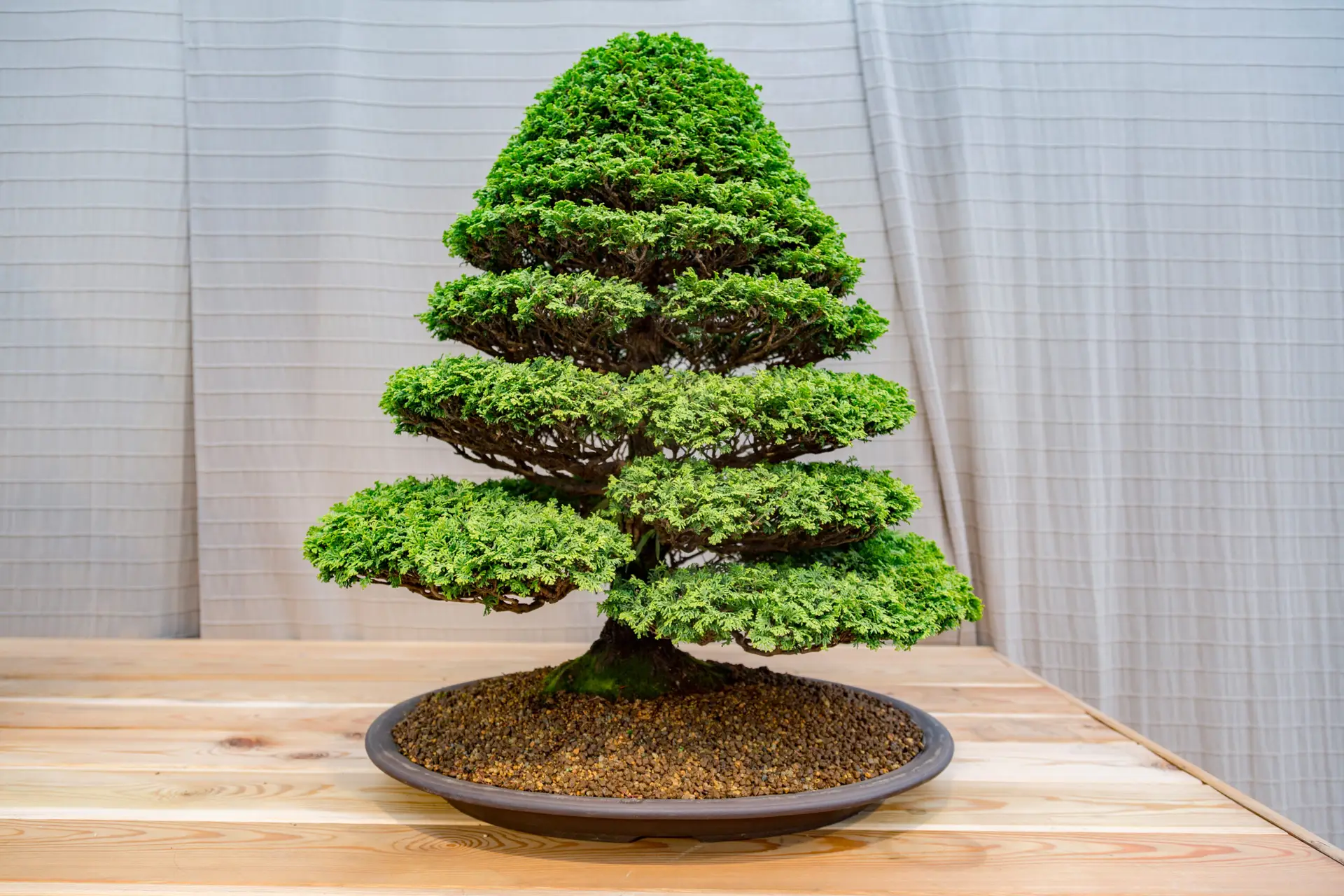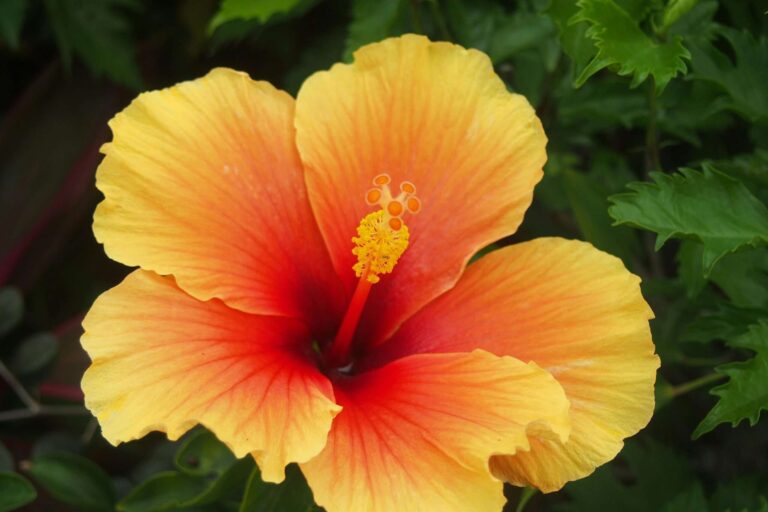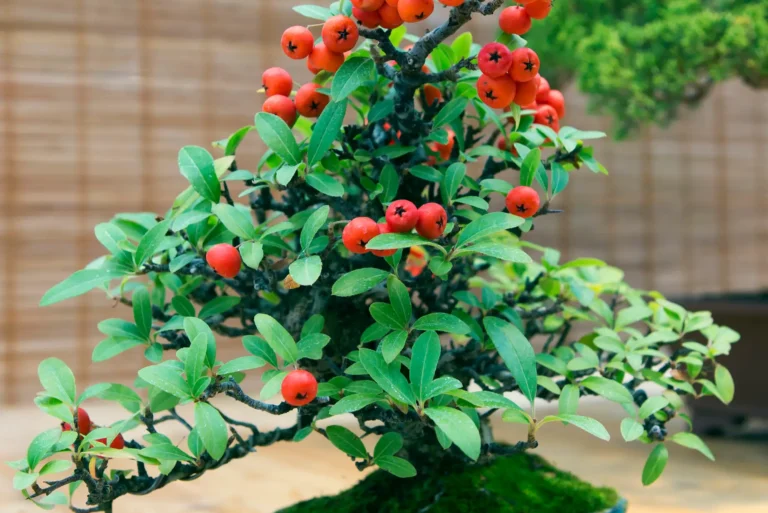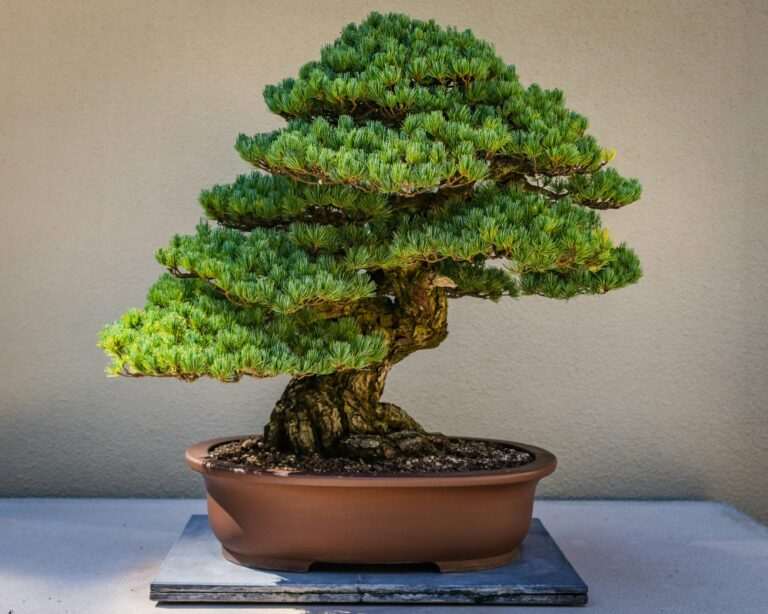Welcome to our Hinoki Cypress Bonsai Care Guide. The Hinoki Cypress (Chamaecyparis obtusa) is highly prized for its graceful, fan-shaped foliage, elegant structure, and naturally conical form. As a result, it has become a favorite among advanced bonsai artists. This is because it holds intricate designs well and offers a refined, formal appearance that showcases artistic skill.
However, it may not be the best choice for beginners. Because of its sensitivity to overwatering and pruning mistakes, the Hinoki Cypress requires a careful, experienced touch. However, for those looking to level up their bonsai abilities, this slow-growing conifer can be an incredibly rewarding species to cultivate.
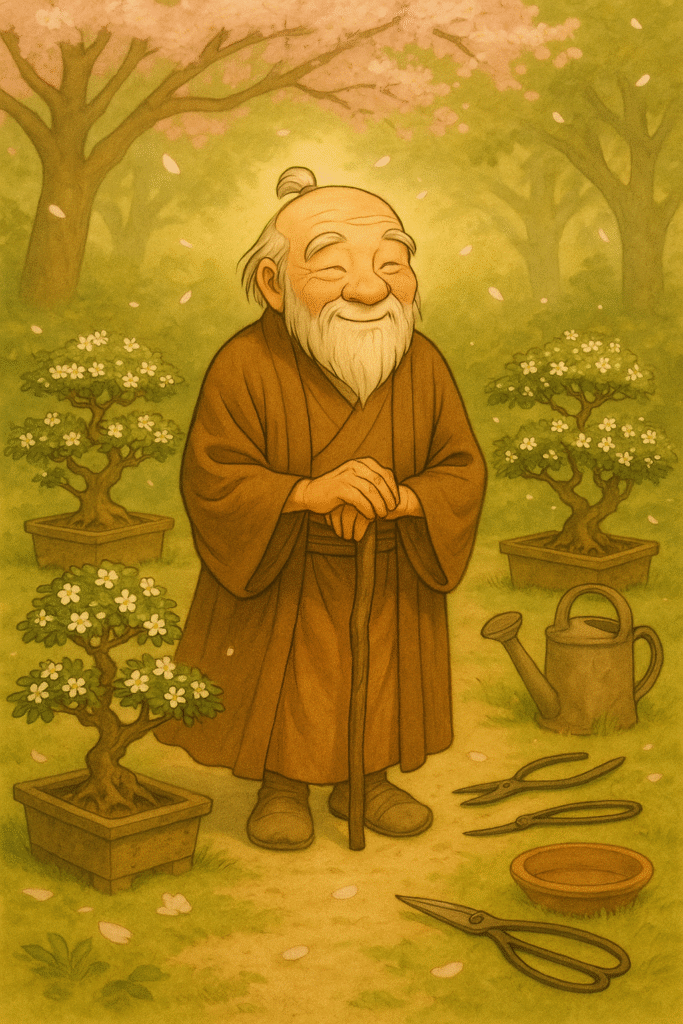
🌿Hinoki Cypress Bonsai Care Guide
🌲 Hinoki Cypress Care Guide
🔍 Quick Overview
| Trait | Details |
|---|---|
| Skill Level | Advanced |
| Best Climate | Cool / Temperate Outdoor |
| Light Needs | Full sun to partial shade |
| Watering | Consistently moist but not soggy |
| Growth Style | Slow-growing, elegant upright structure |
🧪 Bonsai Care Essentials: Hinoki Cypress Bonsai
🌞 Light Requirements
Hinoki Cypress bonsai thrives in full sun, especially in cool to temperate climates. But in hotter regions, provide partial afternoon shade to protect delicate foliage from sunburn. Consistent lighting encourages compact growth this will prevents leggy or sparse branches which are essential for bonsai structure.
💧 Watering Tips
Maintain even soil moisture. This species dislikes both drought and soggy roots. Be sure to use the finger test: water when the top 1–2 cm of soil feels slightly dry. For optimal health, use filtered or rainwater to reduce salt build-up, which can damage roots over time.
🌿 Best Soil Mix
Use a well-draining, moisture-retentive bonsai soil mix. A blend of akadama, lava rock, and pine bark ensures excellent drainage while retaining enough moisture to support healthy root development.
🌾 Fertilizing Schedule
Feed every 2–4 weeks during the active growing season, which is early spring to late autumn, using a mild, balanced bonsai fertilizer. Try to avoid high-nitrogen formulas, which can lead to weak, leggy growth that’s harder to shape and maintain.
🪴 Repotting Guidelines
Repot every 3 to 4 years in early spring. Be gentle—Hinoki Cypress is sensitive to root work. Trim no more than one-third of the root mass, and preserve as many fine feeder roots as possible to prevent stress.
✂️ Pruning & Shaping Techniques
Never prune back to old, bare wood, as it rarely produces new growth. Instead, focus on pinching or lightly trimming new shoots in order to shape the tree gradually and safely. Additionally, use guy wires or light aluminium wiring sparingly, and be sure to check them regularly to avoid any potential bark damage. For best results, shaping should be done in early spring or autumn, when the tree is most responsive to styling.
⚠️ Common Problems & Fixes
| Problem | Likely Cause | Fix |
|---|---|---|
| Browning foliage tips | Dry soil or sunburn | Increase humidity and provide partial shade |
| Yellowing inner leaves | Natural aging or poor airflow | Thin foliage for ventilation and remove old needles |
| Root rot | Poor drainage or overwatering | Improve soil mix and reduce watering frequency |
❓ FAQs
Can Hinoki Cypress bonsai grow indoors?
No, it needs outdoor conditions, therefore bright light, and seasonal temperature shifts are best for it to stay healthy.
Why are my Hinoki bonsai’s tips turning brown?
Usually due to underwatering or sun scorch. Be sure to increase humidity and adjust light exposure.
Is Hinoki Cypress suitable for wiring?
Yes, but it’s best to wire gently and early in the season. As branches are brittle and can scar easily.
Related Topics –
Hinoki cypress bonsai care
How to grow Hinoki bonsai
Best conifer bonsai trees
Chamaecyparis obtusa bonsai tips
Slow-growing bonsai species
Formal upright bonsai tree
